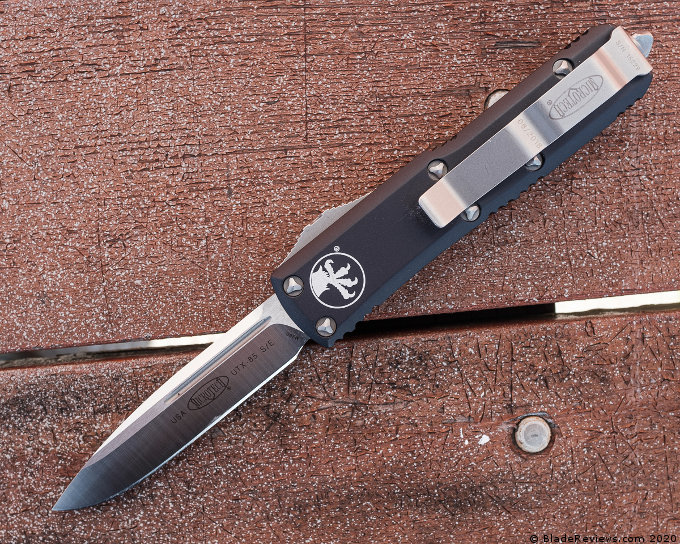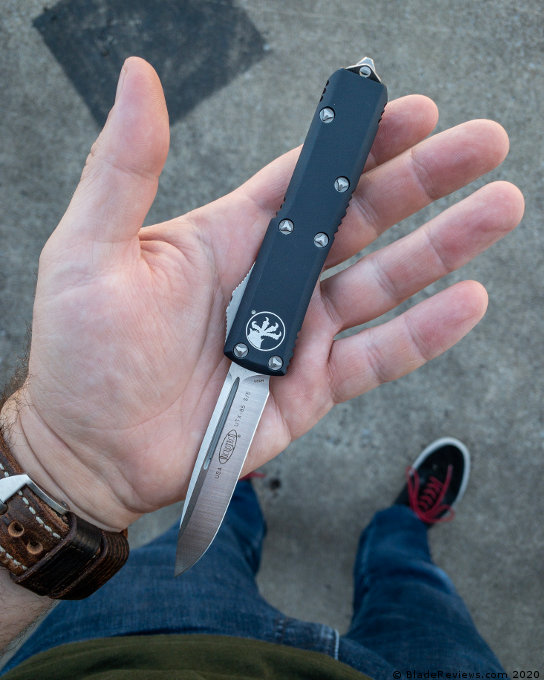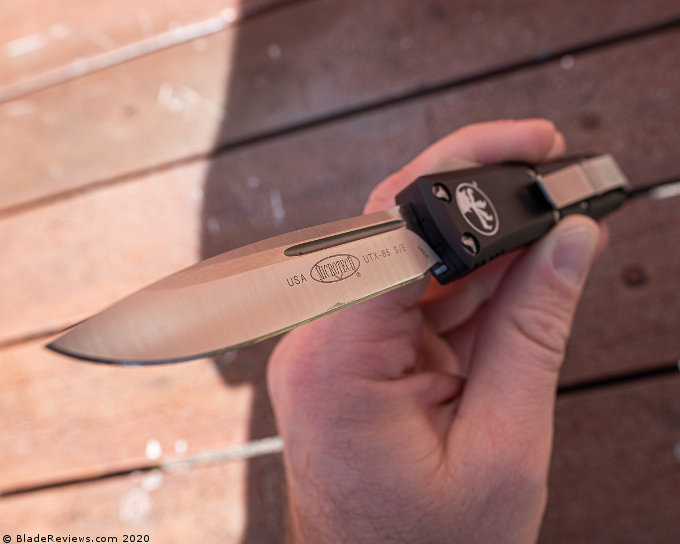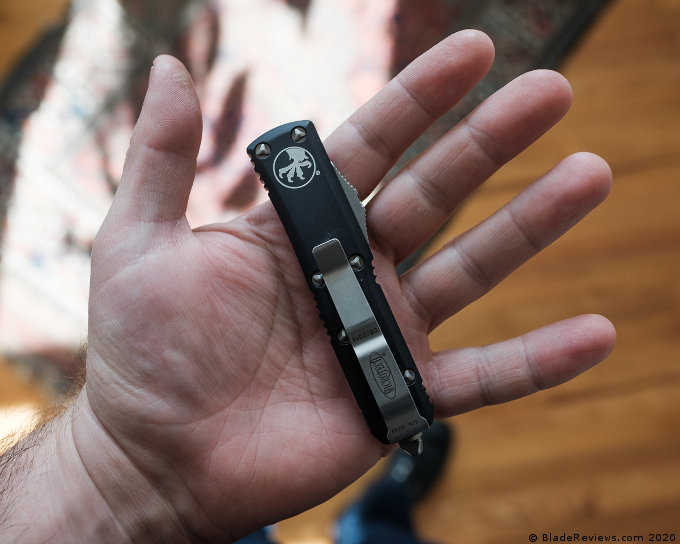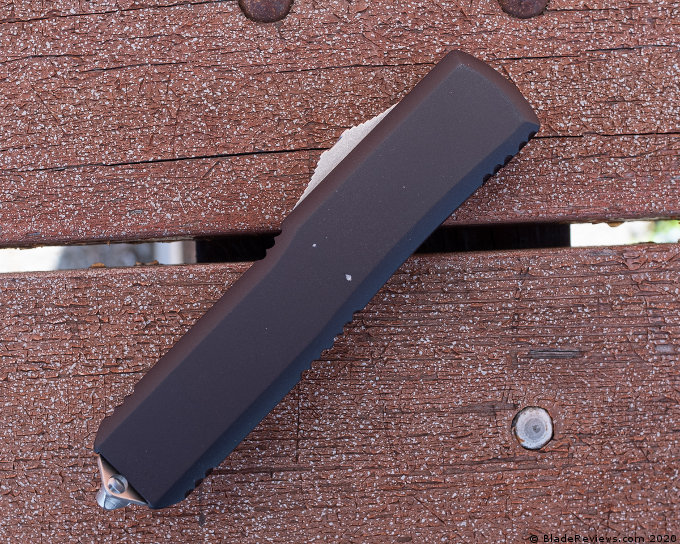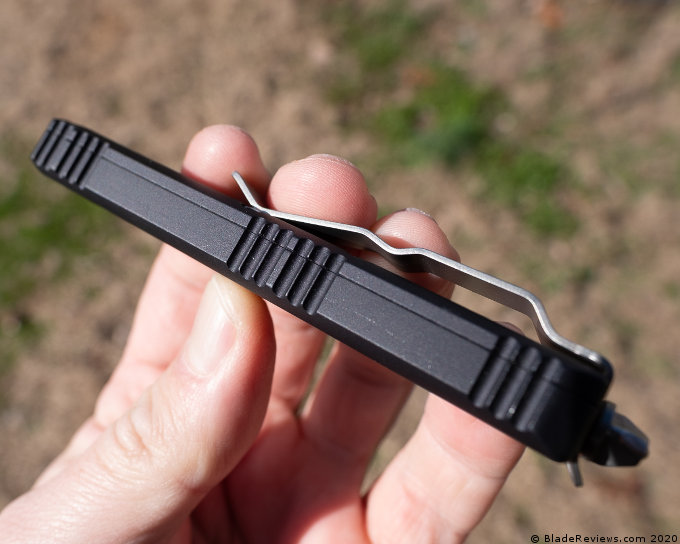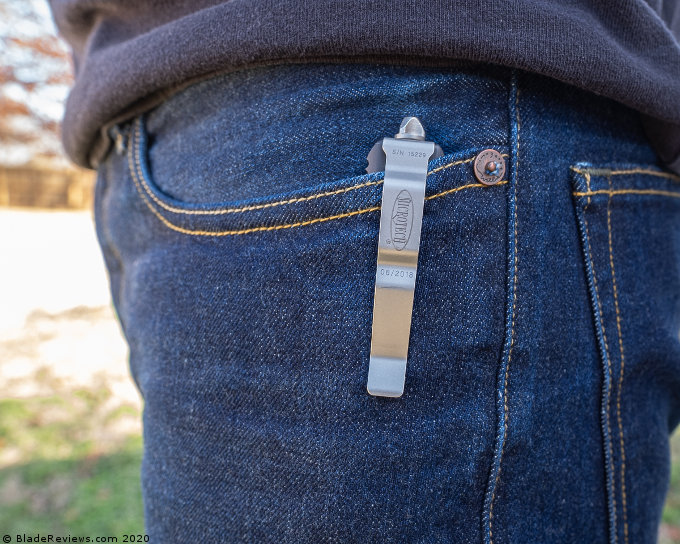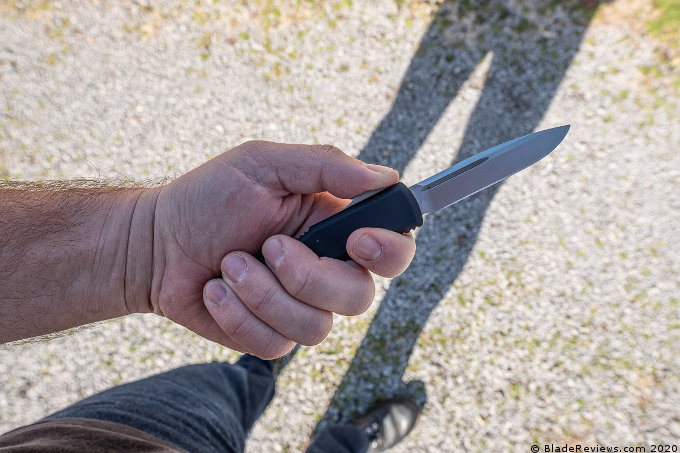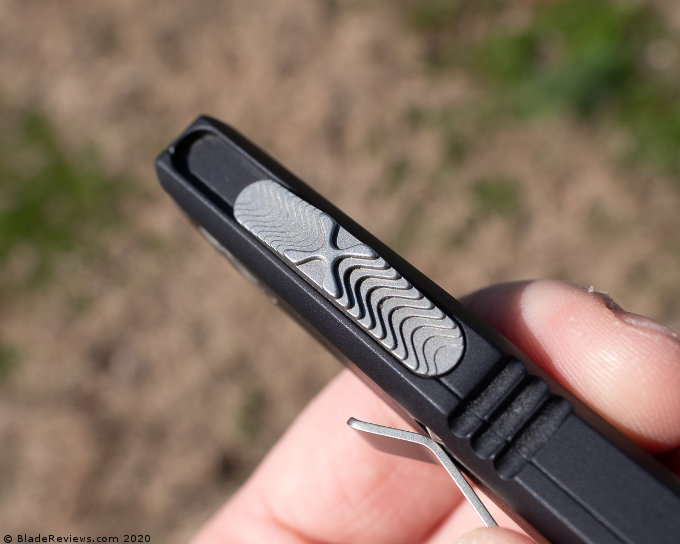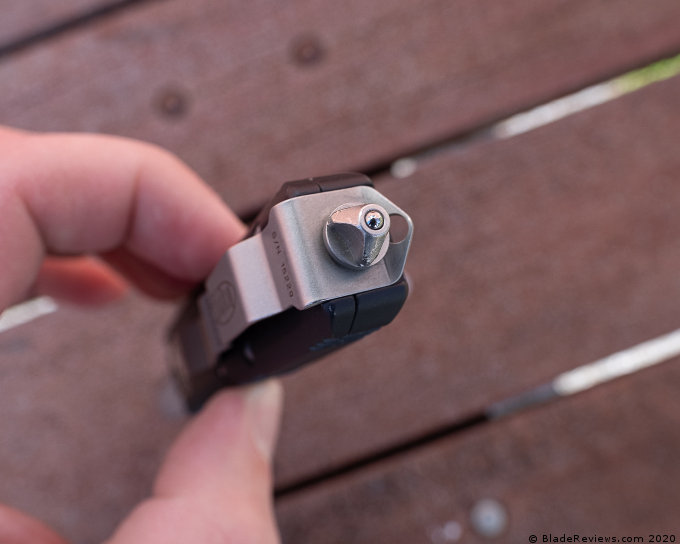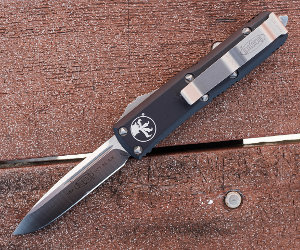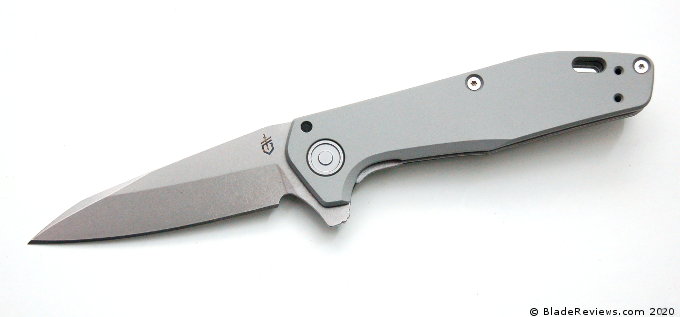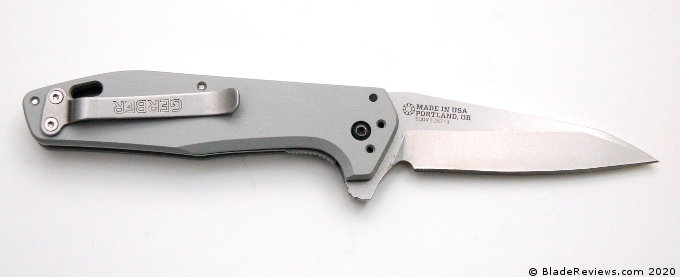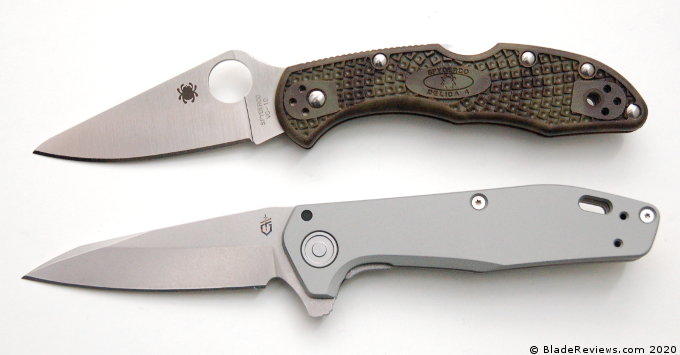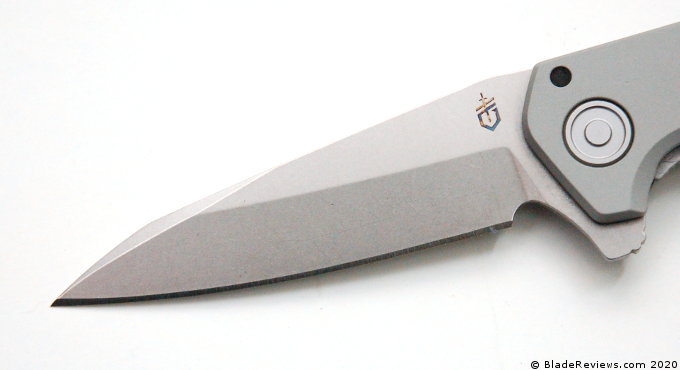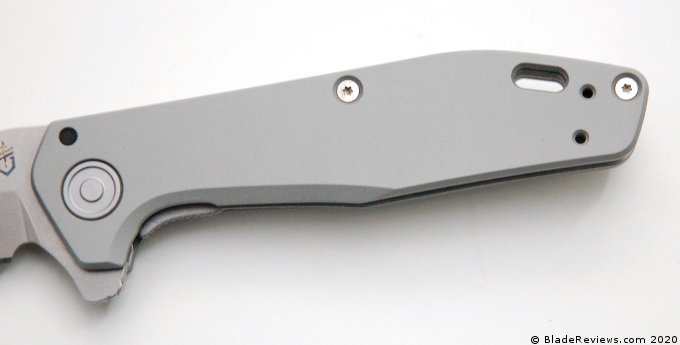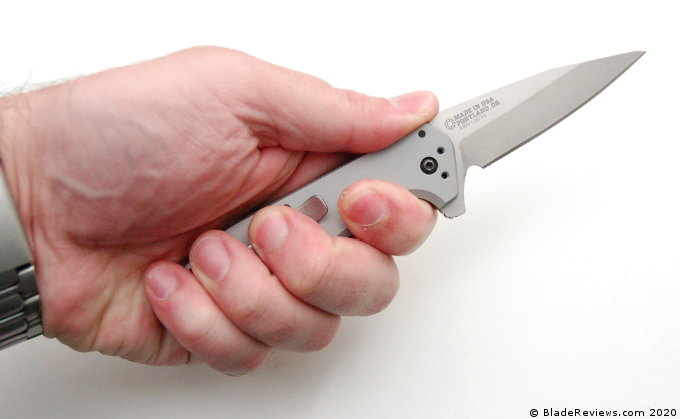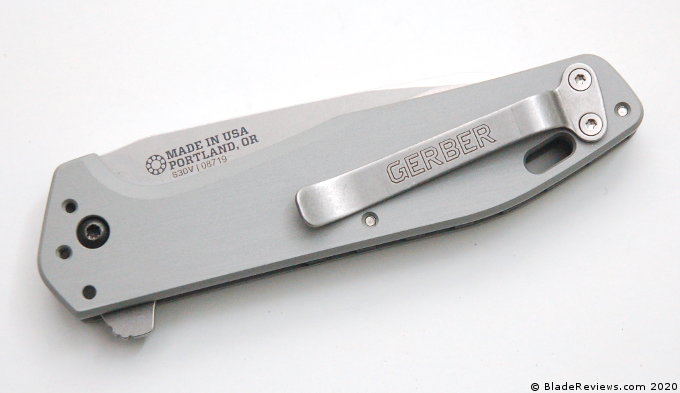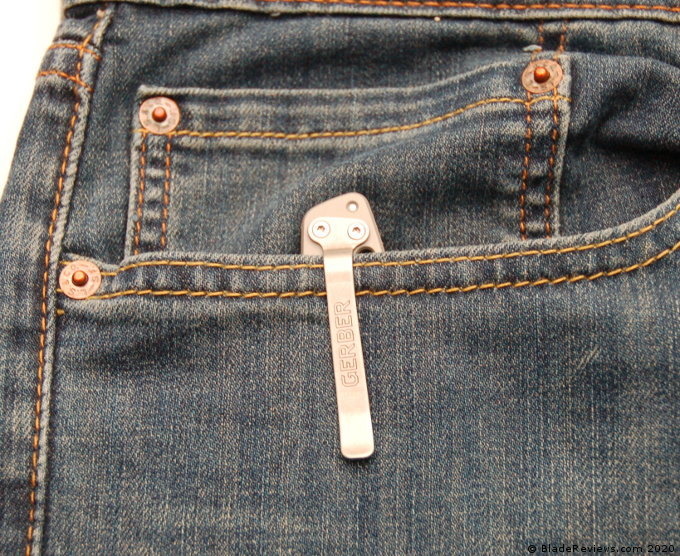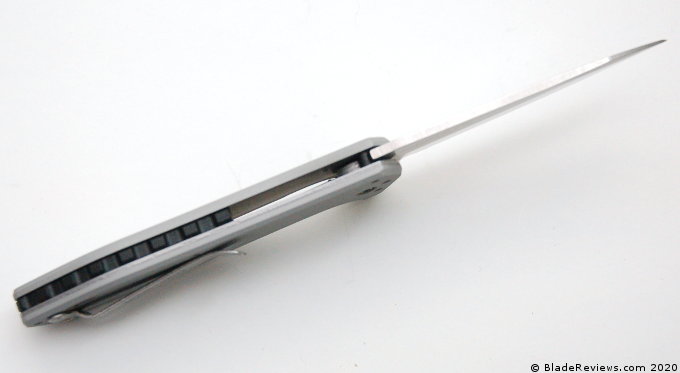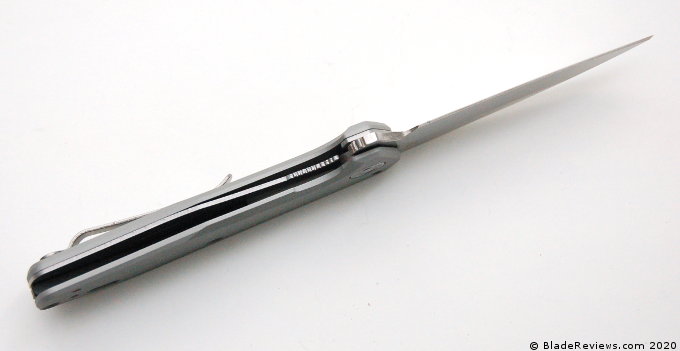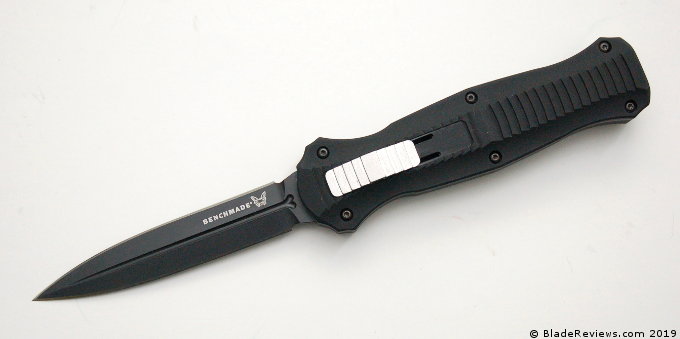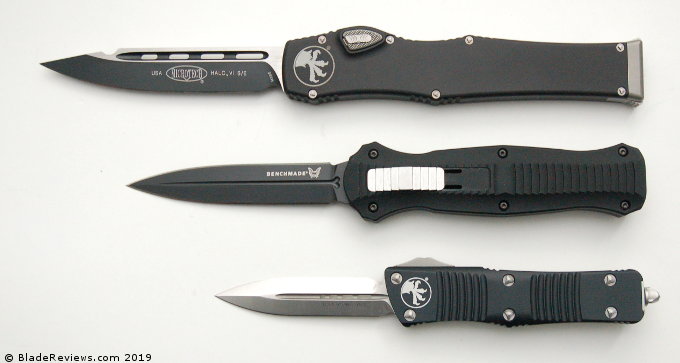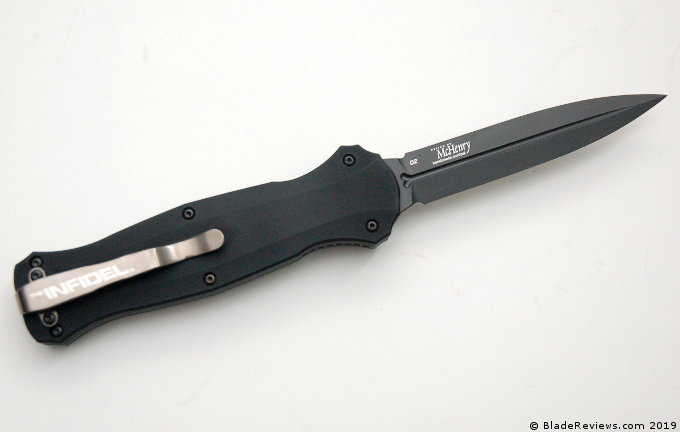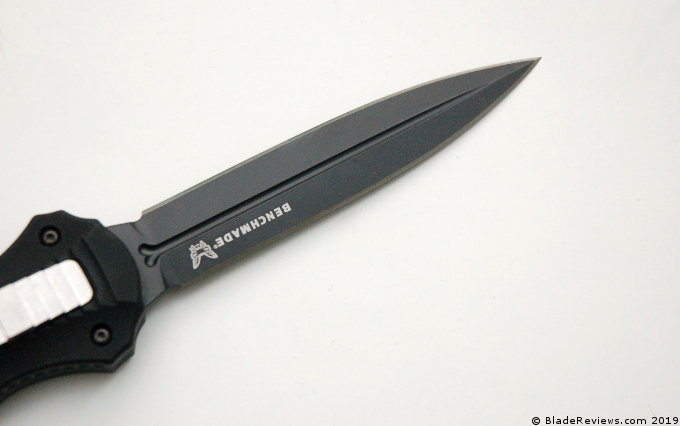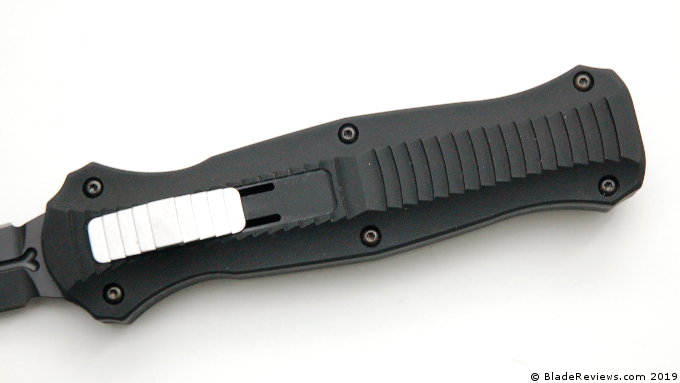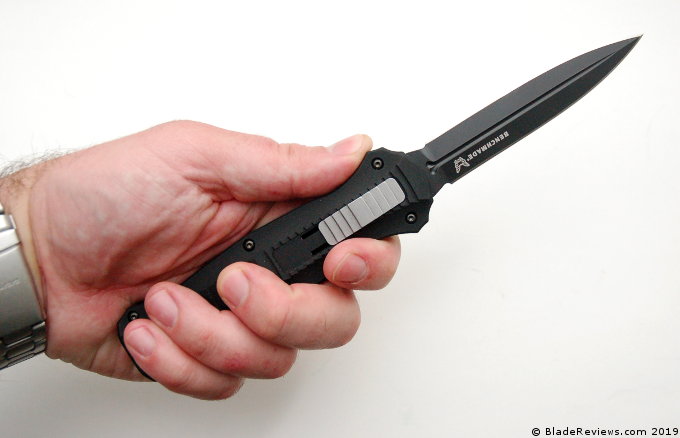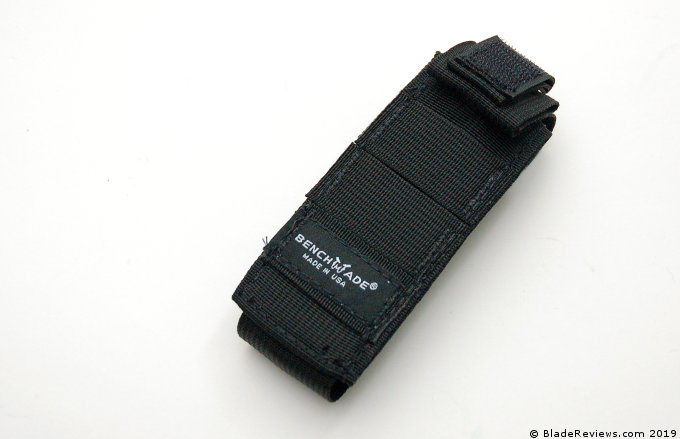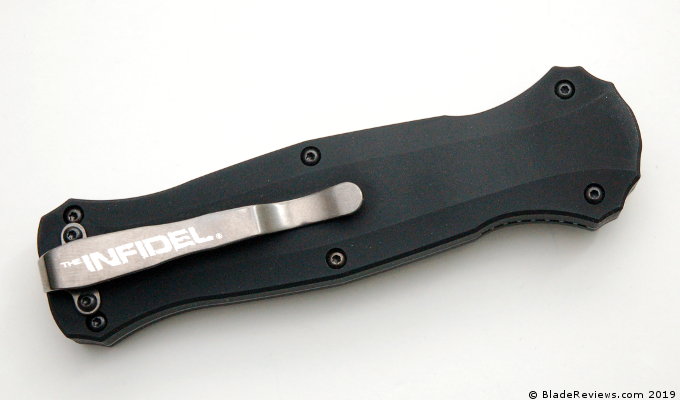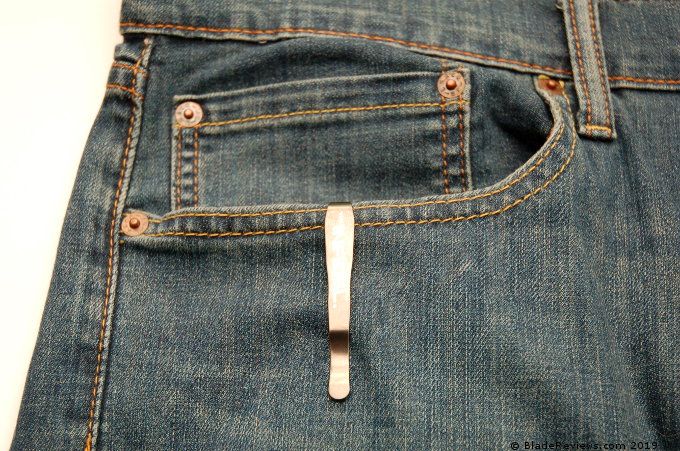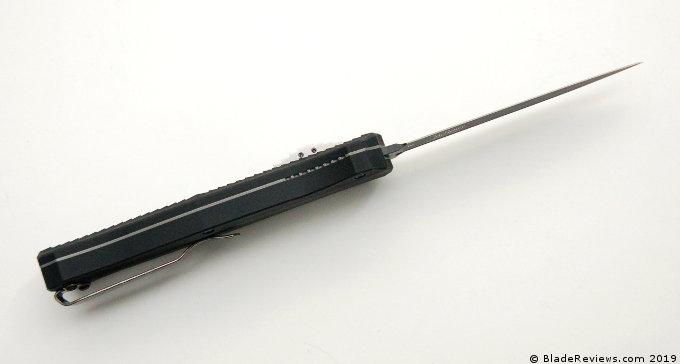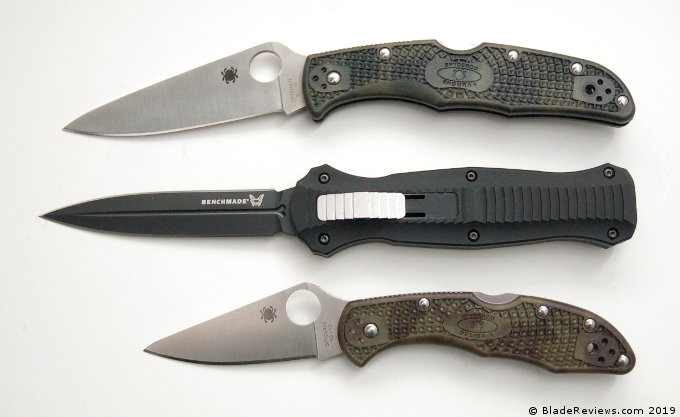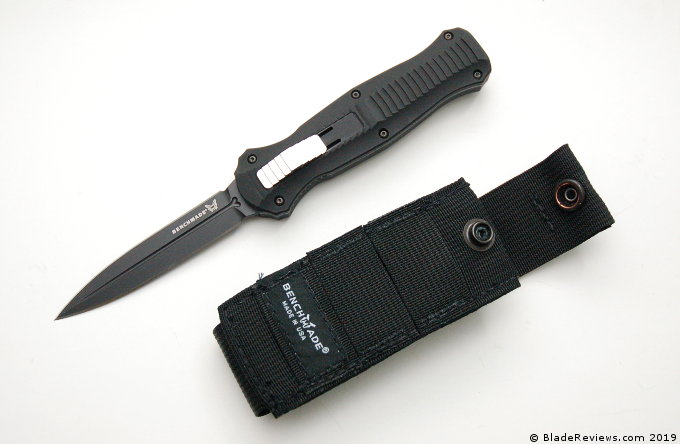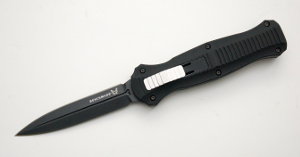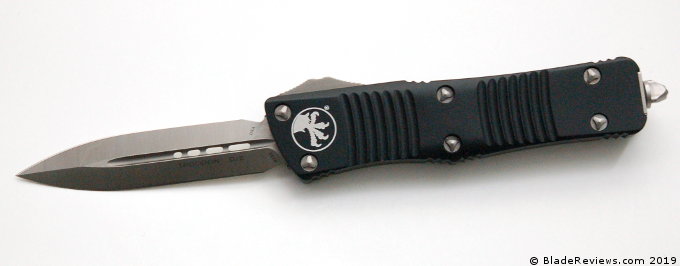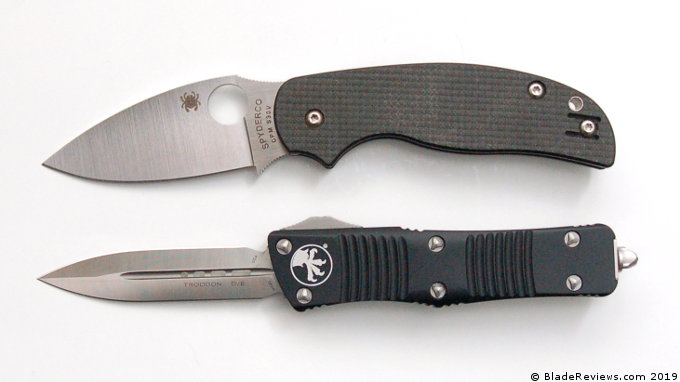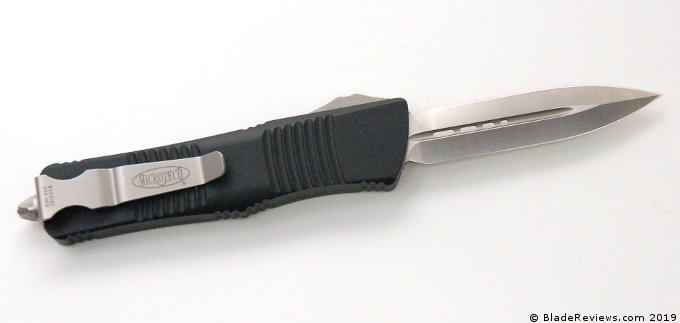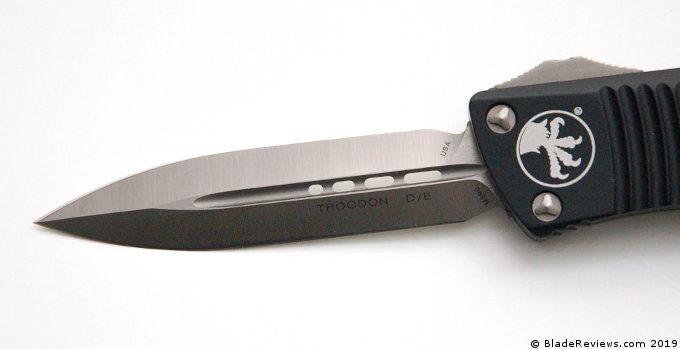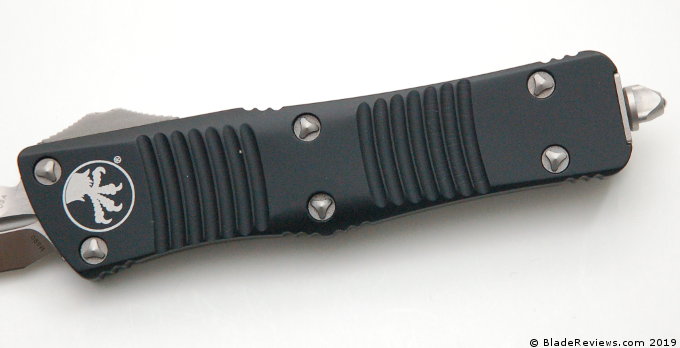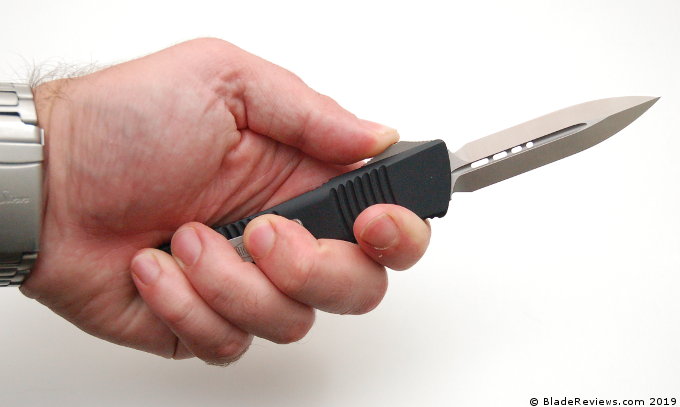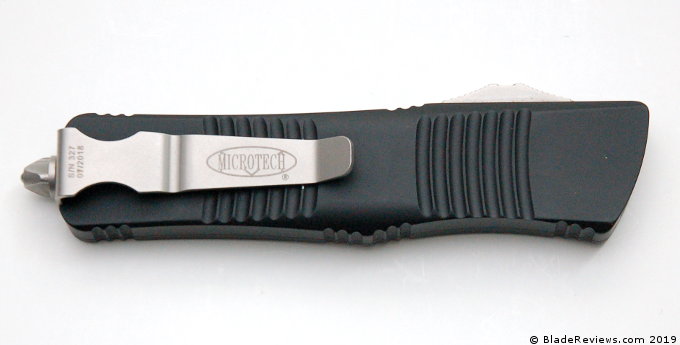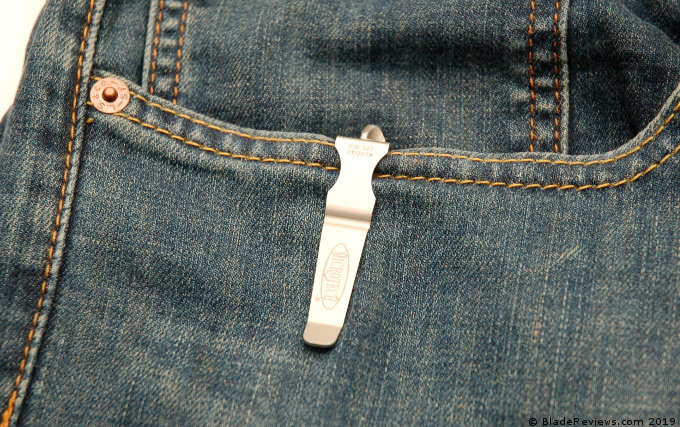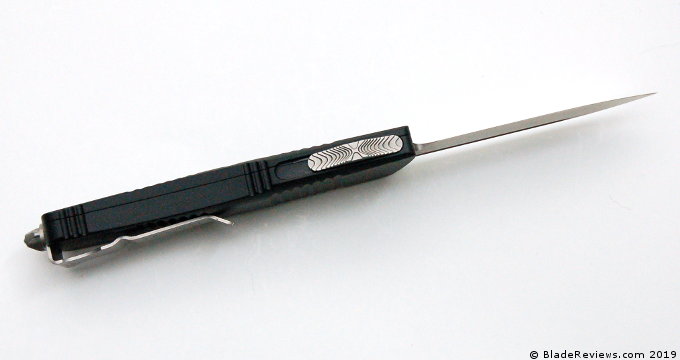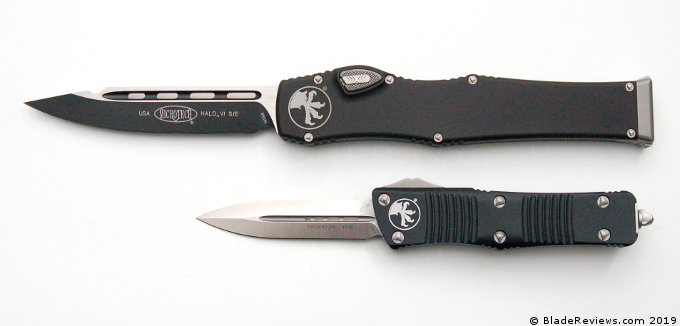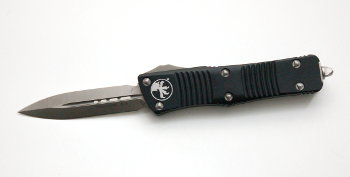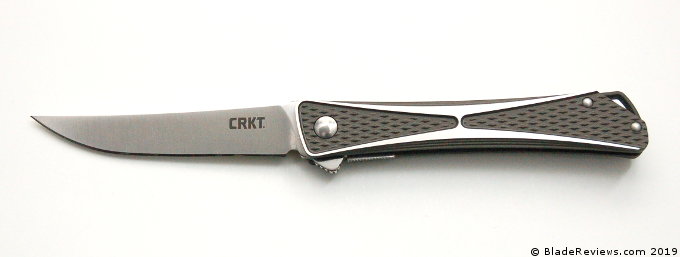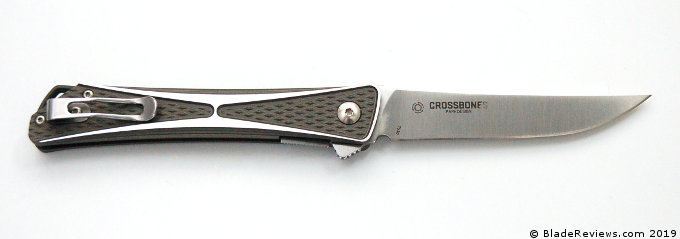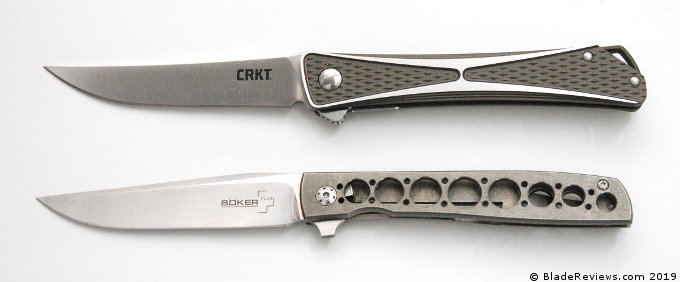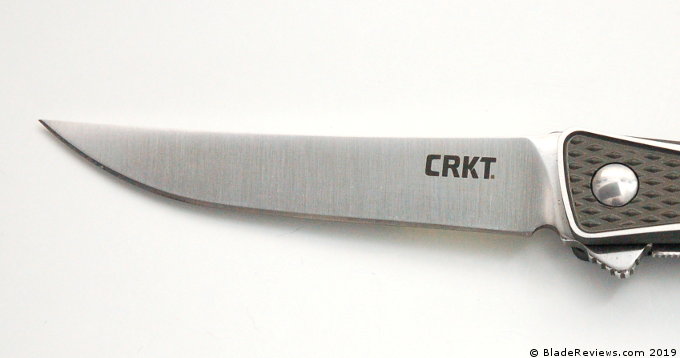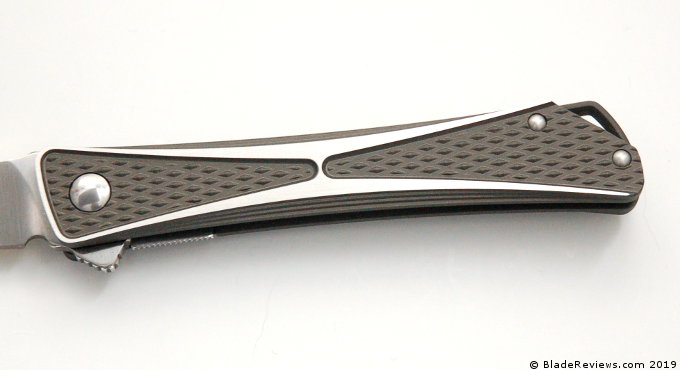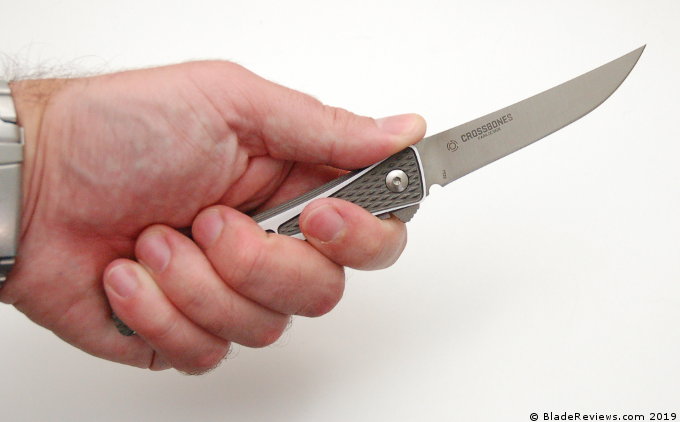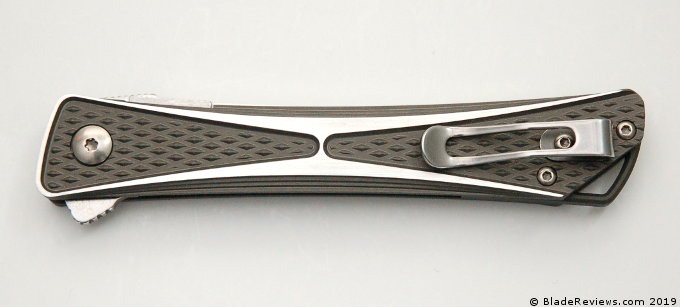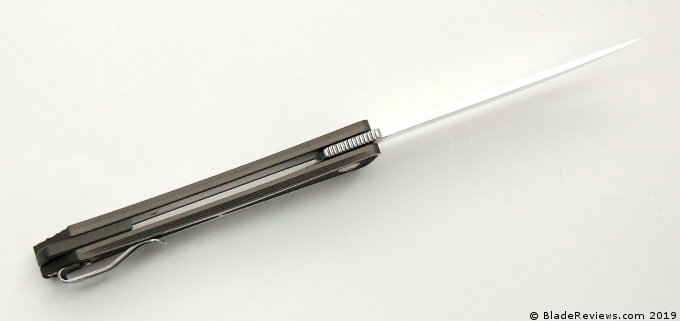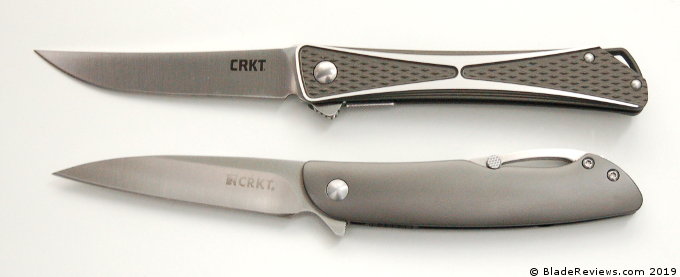In these uncertain times, it feels like an indulgence to sit down and write a knife review. I ask, should I even be doing this? To go about reviewing expensive pocket trinkets while the world unravels like a ball of yarn? The website has always been a bit of a guilty pleasure, but I’ve yet to actually feel guilty working on it.
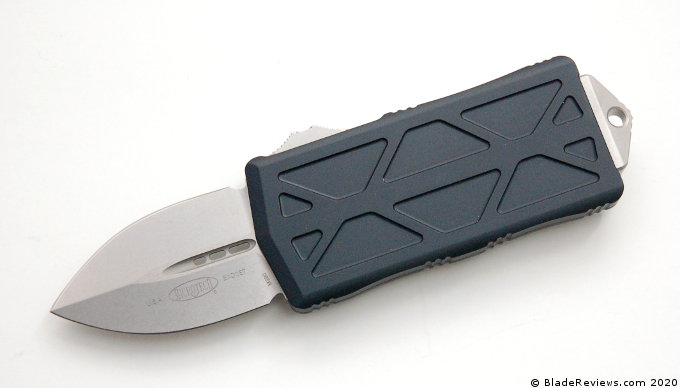
The only comfort I can offer is that after every setback I have suffered, I’ve found the best medicine is to get up and get back to work. Well maybe in this case we should stay at home and get back to work, but regardless, keeping a routine and moving forward is the only option I know. The current situation a disaster in every sense of the word, but things will eventually get better. In the meantime, I hope you and your family are holding up OK.
And that is where the Microtech Exocet comes in. Today’s guilty pleasure. This knife is the epitome of a pocket bauble. Something I had no immediate need for, but I had to have the moment I saw it. God forbid my spare hundos gather some dust, or lack an expensive pocket knife to be clipped to. Not sure which is worse.
Regular readers know I’ve been on a Microtech bender lately. You could consider these the mid life crisis pieces of my knife collection. Hey, they are cheaper than a Corvette. But the reason I keep coming back is that Microtech makes an exceptional product. And the value proposition is actually pretty good when you consider what you are getting.

The Exocet is a new release. Maybe not hot off the press, but released sometime in late 2019. The name sounds cool, and apparently it’s French for “Flying Fish” and a French guided anti-ship missile. I kept admiring the knife on BladeHQ. I’ve made plenty of impulse purchases, but when you keep coming back to something weeks later, then you know it’s time to buy it. In that sense the Exocet was a carefully considered acquisition.
General Dimensions and Blade Details
The Excocet has an overall length of 5.625″, a 1.98″ blade, weighs 2.75 and is made in the USA. This is a California legal dual action out the front automatic pocket knife. Microtech advertises it as a money clip knife, and its has a prominent pocket clip where you can stuff some cards and cash. Here’s a picture of the Exocet in it’s native habitat:
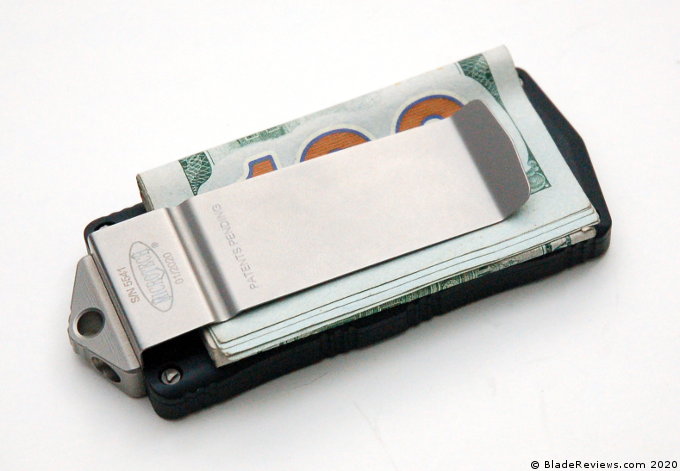
I’ve been using mine as an EDC knife, albeit carefully. Check your local laws before buying this knife or carrying it in public. While it’s a “Cali legal” auto it may not be entirely kosher in your jurisdiction.
The Exocet features a broad, dual edge, dagger ground blade. This is a notoriously blade pattern to grind, as it’s actually 4 grinds, and the goal is to have them perfectly symmetrical and to line up. My knife is ground well, but if I study it I can see that it’s not perfect. Like I mentioned, this is a difficult grind to master, and Microtech is mass producing them. All things considered I think they did a great job on a $250 knife. As usual, they offer this blade in a variety of finishes. I went for the stonewashed with satin flats. I prefer the contrast of an uncoated blade, and the way an uncoated blade holds up to wear.
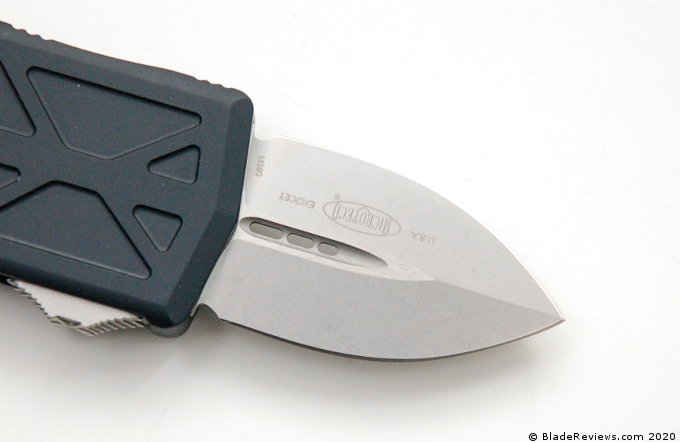
I think it’s also worth mentioning how exceptionally sharp this blade was out of the box. The edge will pop hair off your arm with the lightest bit of pressure. This is the kind of blade that is so sharp, you won’t even notice you have been cut by it. I’ve handled my share of knives over the years. It’s rare to impress me with out of the box sharpness, but I’m impressed.
Here’s another size comparison with the Endura and Delica:
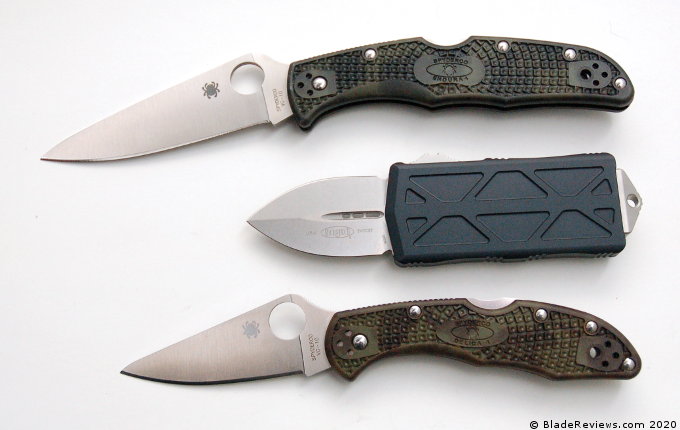
Blade steel on this model is M390. At the risk of oversimplifying things, M390 is great stuff. A high end stainless made by Bohler Uddeholm, M390 is known for it’s fine grain structure and excellent edge retention while remaining relatively easy to sharpen and highly stain resistant. It’s one of my favorite steels. It’s a great choice on most folders, and was certainly an appropriate selection here.
In practice, the Exocet took care of all of the basic EDC tasks I put it up to. I’ll admit it has mostly been “dry” tasks like opening mail and packages. I didn’t cut an overripe pear or field dress a possum, but I’ve opened plenty of bags and packages.
Handle, Ergonomics, and Pocket Clip
The handle is constructed of black anodized aluminum. The anodization looks great, but it will show wear with use. One commentor lamented that I didn’t disclose that in my Benchmade 940 review. Anodized aluminum shows signs of wear if it brushes up against hard objects. Keep that in mind if you like your knives to look new.
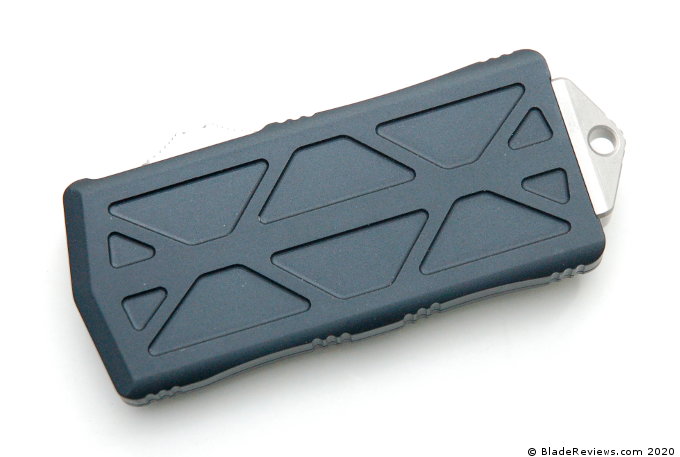
As usual for Microtech, the handle has been meticulously machined. Also typical is the use of Microtech’s proprietary hardware. Normally I service all my knives, but this is one I have no desire to take apart. If you wanted to do that you would have to purchase a special tool and possibly risk voiding your warranty. That’s a potential downside for sure if you were to religiously carry and use this knife. I know you can spray it out with compressed air or WD-40, but eventually it would need to go back to Microtech.
That said, the handle is immaculate. An interesting detail is the chunky triangular impact tool bolted to the pommel. It looks cool, is potentially useful, secures the pocket clip, and successfully integrates a lanyard hole.
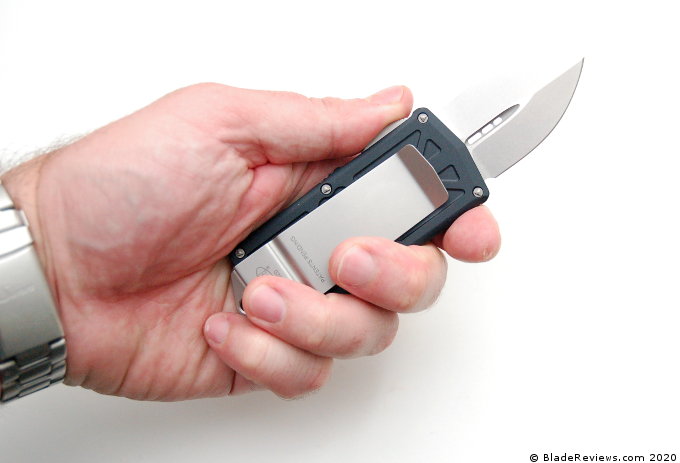
You don’t buy a knife like this for stellar ergonomics. It’s basically like holding a stack of credit cards. Not the most comfortable handle for sure. However, it doesn’t feel terrible for light duty. There is plenty of traction thanks to a gratuitous amount of milling. The hard anodization offers a little grip as well, while your thumb rests naturally on the slider. That said, this design is not going to win any ergonomics awards. I can get 4 fingers onto the handle, but it most naturally works with a 3 finger grip.
The pocket clip is also a little unusual. Like the blade, it’s broad and flat. It’s designed to serve double duty as both a pocket clip and money clip. It doesn’t do either of those things particularly well. It holds cash and cards fine, but compared with a normal money clip it’s bulky. And as far as pocket clips go, well, it’s enormous. It works fine, but it’s not terribly discreet.
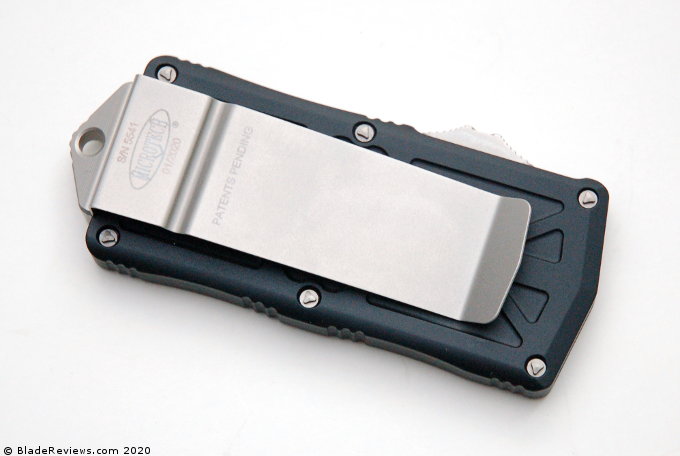
In pocket the Exocet carries pretty well. It’s reasonably thin and light, but it is also wide. I haven’t had any issues carrying it, but it isn’t exactly a Dragonfly II in the pocket either.
Here is your in the pocket shot:
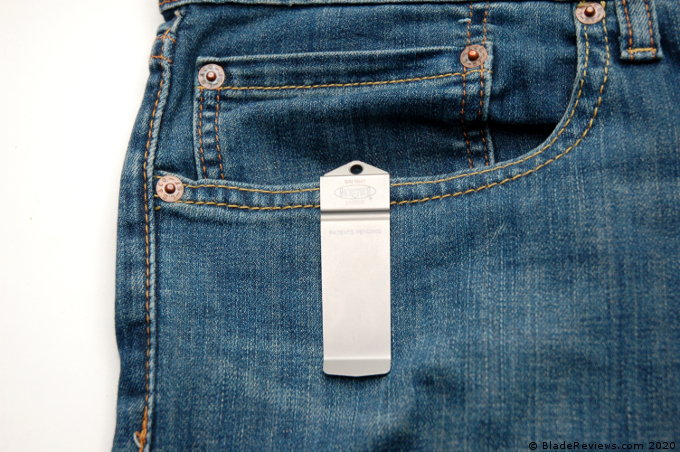
Deployment and Lockup
If you already own an Ultratech, or a Troodon, or any other dual action out the front automatic by Microtech, then you will know what you are getting into with the automatic mechanism. The slider is stepped and easy to get to. The slider is also easy to use. It strikes an excellent balance between requiring a conscious amount of force, so it doesn’t open up accidentally, but it doesn’t require so much force that it wears out your thumb. I think they struck the perfect balancen.
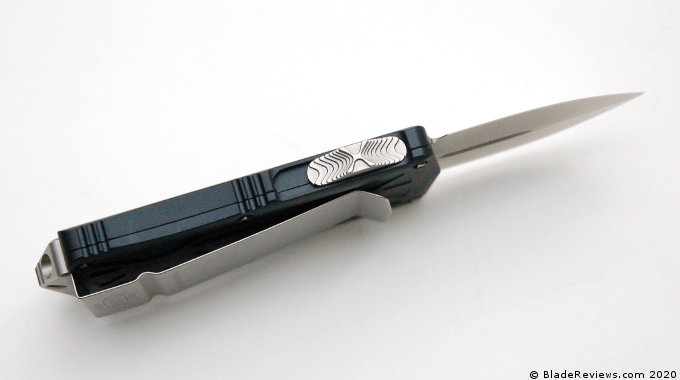
The action is snappy and fun. As usual the blade shoots out with a satisfying “clack” and withdraws with a similar amount of panache. This is Microtech’s bread and butter, and their dual action system translates perfectly to the smaller Exocet.
Once deployed the blade has a little wobble as you would expect. Both up and down and side to side. Nothing abnormal or crazy, just what you would expect from a knife like this. Eventually I’d like to acquire a G&G Hawk Deadlock, just to see what that’s all about. In the meantime I’m cool with a little blade play. This Exocet still gets the job done.
Here’s a parting size comparison with my Troodon:
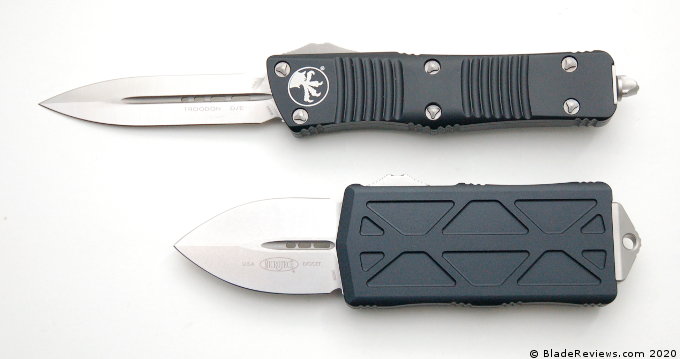
Microtech Exocet Review – Final Thoughts
This is something that will either immediately speak to you, or be a total turn off. For me, I had to have it. In practice the Exocet has been a lot of fun. That is what this knife is all about: fun. The novelty of a Cali Legal OTF that doubles as a money clip. It’s a pleasurable way to part with $250. I actually think there is a good amount of value here. All the parts are made in house in the USA. The fit and finish is beautiful. The action is a lot of fun. Sure it’s a luxury good, but you get something for your money.
That said, I’d be remiss to not point out that compromises abound with a knife like this. You may want to think twice if this is going to be your day in / day out, ride or die knife. It’s more of a secondary blade or a light user. I have a buddy who daily carried an Ultratech. He’s an electrician, so his knife saw some action. It got beat up quickly. I’m not saying a knife like this couldn’t be carried and used zealously every day, but I’m not sure I’d recommend it. That said, who am I to suggest what you do. Buy a Microtech and use the piss out of it. Enjoy it in good health. From what I’ve seen they are reliable knives. Just don’t be upset if it picks up some battle scars in short order.
If you are a Microtech fan then I think you will like the Exocet. I like mine and plan on keeping it. As always, be careful if you decide to carry it. Check your local laws before purchasing or carrying this knife.
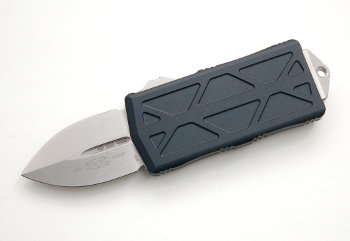
Microtech Exocet – From $250.00
From: BladeHQ
I recommend purchasing the Microtech Exocet at BladeHQ. Thank you for reading.
